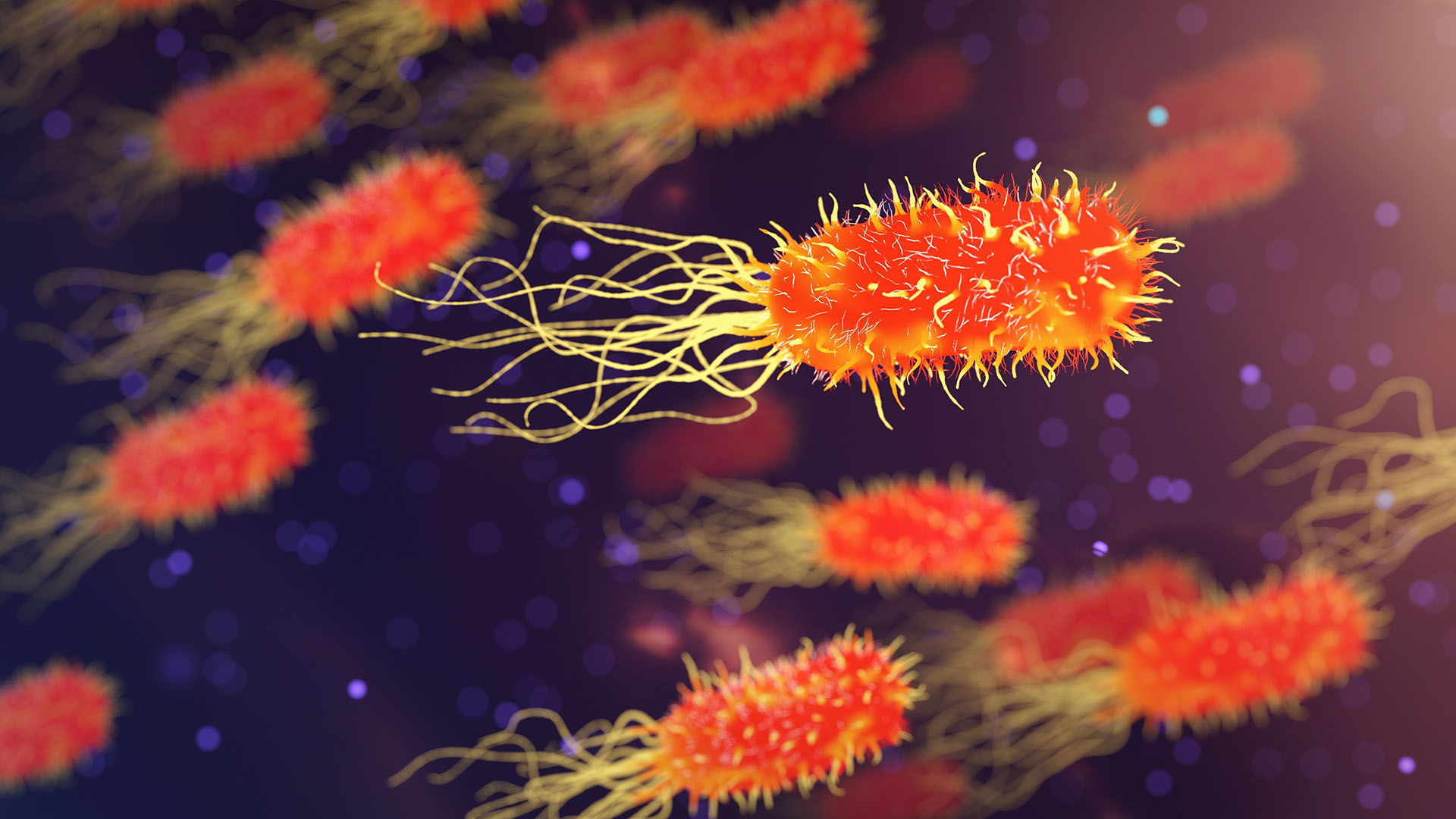Reading Time – 5 Minutes, Difficulty Level 2/5
We are surrounded, at all times, by microscopic organisms and particles which can either act as a potential threat to our health, or be an essential component to our healthy immune systems. Bacteria and viruses, while both causative agents of common illnesses or diseases, differ widely in their composition, methods of infection, and necessary treatment protocols.
What is the Difference Between Viruses and Bacteria?
Bacteria are free living single celled organisms called prokaryotes (human cells and fungi are called eukaryotes). Bacteria, similar to our cells, are composed of genetic material that is used to create proteins required for signalling, synthesis of cellular membranes, and function of basic survival mechanisms such as energy synthesis. Viruses on the other hand, are non-living molecules composed of genetic material and proteins. The main difference between bacteria and viruses is that viruses must enter and replicate within a host cell, as they cannot duplicate or survive for a long period of time as free living organisms. The viral host can be any living organism from bacteria to humans, and the virus requires the cell to be actively dividing in order for DNA replication and viral spread to occur. Viruses can enter host cells using a variety of mechanisms, most of which rely on receptors naturally present on the host cell.
As bacteria are free living and complex organisms, they are able to sense their environment and communicate with each other by activating and secreting special proteins which interact with receptors on the membranes of nearby bacterial cells. This communication allows bacteria to rapidly coordinate a change in gene expression in response to environmental stimuli, such as changes in salt concentration or temperature, enhancing the survival of the cells in that area. Viruses, being non-living molecules, are not equipped with this ability and are therefore more susceptible to environmental changes. An additional, and important, difference between bacteria and viruses is that while they can both be pathogenic, bacteria are often an important component of our immune systems. Our bodies are covered in bacteria from our skin to our gastrointestinal tract, and these bacteria, when flourishing, prevent potentially pathogenic bacteria from “setting up shop” on or in our bodies. These “good bacteria” can also help us digest certain foods by secreting enzymes not made by the human body, such as lactase which is required to digest lactose. Viruses, while not all cause serious disease or illness, are, by nature, obligate pathogens because they rely on and hijack host cellular machinery to promote their survival. Therefore, some bacteria are essential for human health while all viruses are known to, in some way, disrupt our cell’s natural mechanisms
Why Does the Difference Matter?
Despite their large differences, bacteria and viruses may cause similar illnesses with similar symptoms. A sore throat, for example, can be caused by Streptococcus pyogenes, a species of bacteria that infect the tonsils and cause strep throat. In this instance, a physician is likely to prescribe antibiotics which will target and kill the bacteria causing the infection. In other instances of a sore throat, however, the physician may prescribe rest, fluids, and over the counter medication. In this case, the sore throat is likely caused by a viral infection such as influenza or the common cold. Despite the similarity in symptoms, viral and bacterial infections require vastly different treatment methods due to their different physiologies and natures. Antibiotics are only beneficial for treatment of bacterial infections as they are equipped with the tools to block key aspects of the bacterial life cycle. Viruses on the other hand, can be treated with antiviral medication and, importantly, prevented with vaccines. The differing methods of treatment and prevention is the main reason it is important to understand the distinguishing factors between viruses and bacteria.
Human immune responses and modern medical treatment advancements both pose a risk to the survival of bacteria and viral infections. These microbes are therefore in a constant “arms race” with our new technologies or immune responses, and evolve to overcome any defensive or offensive tactics. Both can evolve mechanisms to evade detection by our immune system, attack our immune cells, induce aberrant immune responses that lead to harmful inflammation, or render a treatment (antibiotic or antiviral) ineffective. Continual research into the differences and similarities between the plethora of bacterial and viral species will allow researchers and physicians to better treat patients infected with one, or multiple, of these microbes.
Microorganisms always surround us, and it is nearly impossible to be rid of them. Some microbes, such as bacteria, are important for our survival and well-being. Other forms of bacteria, and most viruses, pose a threat to our health by altering our body’s natural mechanisms or releasing harmful chemicals into our bodies. Our treatment protocols for bacterial and viral infections vary, and viruses may be prevented with viable and safe vaccine options. It is important that our understanding of the microbial world continues to grow, and additional treatment and prevention methods are developed, which will better equip our population to co-exist with the pathogens around us.

I’m a first year Masters student at Queen’s University, Ontario, Canada studying Immunology and Cancer, following on from completing a BSc at the University of Guelph, Ontario.
I have a passion for Molecular Biology, with a particular interest in the use of modern molecular techniques to treat and cure disease.








